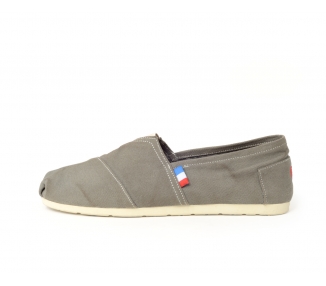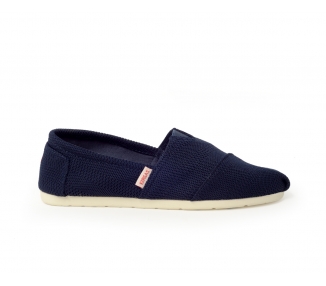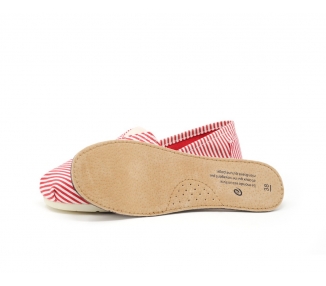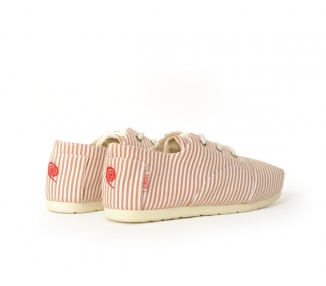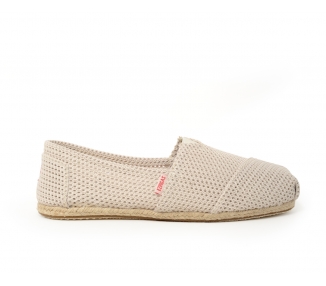The Famous Story of the Sailor Shirt
The Famous Adventure of the Sailor Shirt: From Sailor to Model
A complicated beginning for a striped garment originally associated with convicts and clowns...
Yes, this is far from the sailor uniform we all know today! Before the 18th century, this type of striped clothing was poorly perceived and avoided, as it was associated with prisoners, convicts, and even prostitutes.
It wasn’t until a century later that the marinière made its entry into the French Navy’s wardrobes...
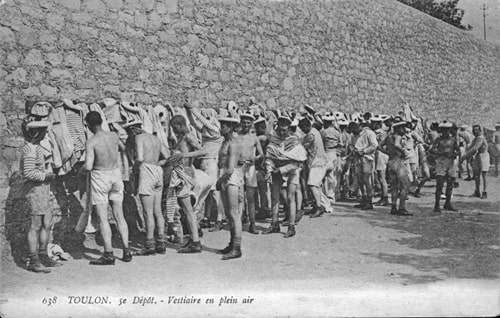
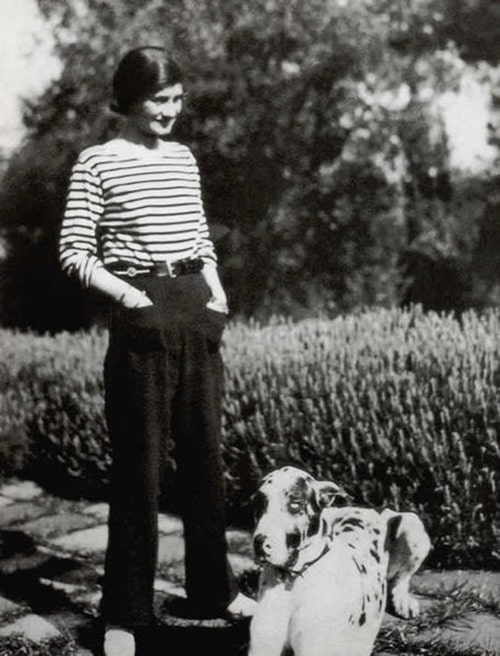
From Underwear (Body Shirt) Used by Sailors to an Official National Navy Uniform
Long, reaching the thighs, with a large V-neck and a white fabric that descends along the back, sailors used it as an undergarment under their pants since they didn’t wear any other type of underwear.
According to Delphine Allanic:
"At the time, the fabric was jersey, which was designed for undergarments. Since men didn’t wear underwear or boxers, the jersey served as their undergarment. It would reach the beginning of the thigh, and tucked under the pants, it served as protection."
On March 27, 1858, a decree allowed the French Navy to integrate the blue and white striped jersey into their official uniform list, officially making the marinière a working uniform.
It would then have specific features: 21 stripes on the body and 14 on the sleeves. Several hypotheses have been suggested:
- 21 for the number of Napoleon’s victories.
- The stripes to make it easier to spot a sailor who falls overboard.
This is FALSE. The stripes come from a specific weaving technique and the need to save on the costly indigo dye at the time.
The uniform had as few buttons and seams as possible to prevent getting caught in the boat ropes, and it was designed to be easily tucked into the pants.
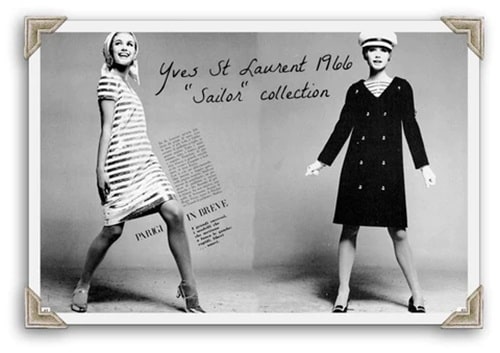
The Revival of the Marinière
From an official uniform of the French Navy to a symbol of freedom in the 20th century and eventually a timeless fashion product.
The fashion icon Coco Chanel fell in love with this original striped style and decided to incorporate it into her women's collection. A rebellious and revolutionary gesture for a work uniform that was traditionally reserved for men! It was Chanel who launched the marinière trend in 1916, offering new materials and styles, especially with the collar, giving a more comfortable feel than the original sailor uniform.
Years later, in 1966, Yves Saint Laurent revived the striped jersey in his "sailor" collection, even offering striped dresses.
Then, the great Jean-Paul Gaultier, in his first 1978 fashion show, adopted the marinière, which became a central piece of his “Boy Toy” collection in 1983. At the end of the show, he even saluted the audience wearing his marinière.
In 2011, the French national football team wore marinière-style shirts, thanks to Karl Lagerfeld, who proposed the striped look for the team's away matches. Unfortunately, the shirt only lasted for a short time and was abandoned less than a year later. Perhaps it was too "high-fashion" or too "sailor" for the football stars?
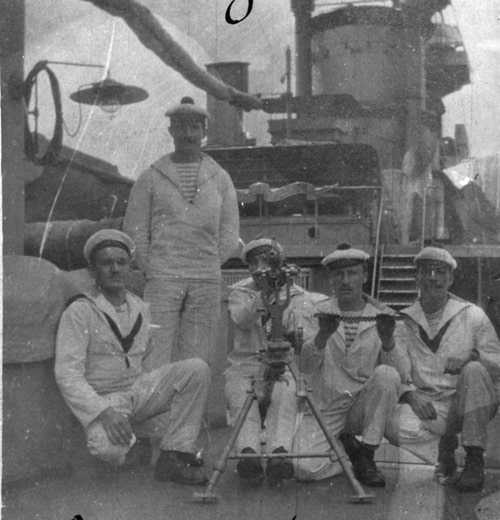

A garment that started from humble and utilitarian beginnings has now become an enduring fashion symbol, admired and celebrated worldwide!
-min.png)
